Nicholas J. Talley, MB BS (Hons), MMedSc (Clin Epi) (Newc), MD (NSW), PhD (Syd), FRACP, FAFPHM, FRCP (Lond), FRCP (Edin), FACP, FACG, AGAF
Pro Vice-Chancellor and Dean (Health and Medicine), and Professor, University of Newcastle, Callaghan, NSW, Australia
Clinical Senior Lecturer, Australian National University Medical School, Canberra, ACT, Australia
Copyright
 Churchill Livingstone
Churchill Livingstone
is an imprint of Elsevier
Elsevier Australia. ACN 001 002 357
(a division of Reed International Books Australia Pty Ltd)
Tower 1, 475 Victoria Avenue, Chatswood, NSW 2067
This edition 2014 Elsevier Australia
6th edn 2010; 5th edn 2006; 4th edn 2001; 3rd edn 1996; 2nd edn 1992; 1st edn 1988
eISBN: 9780729581479
This publication is copyright. Except as expressly provided in the Copyright Act 1968 and the Copyright Amendment (Digital Agenda) Act 2000, no part of this publication may be reproduced, stored in any retrieval system or transmitted by any means (including electronic, mechanical, microcopying, photocopying, recording or otherwise) without prior written permission from the publisher.
Every attempt has been made to trace and acknowledge copyright, but in some cases this may not have been possible. The publisher apologises for any accidental infringement and would welcome any information to redress the situation.
This publication has been carefully reviewed and checked to ensure that the content is as accurate and current as possible at time of publication. We would recommend, however, that the reader verify any procedures, treatments, drug dosages or legal content described in this book. Neither the author, the contributors, nor the publisher assume any liability for injury and/or damage to persons or property arising from any error in or omission from this publication.
National Library of Australia Cataloguing-in-Publication Data
Talley, Nicholas Joseph, author.
Clinical examination: a systematic guide to physical diagnosis/Nicholas J Talley, Simon OConnor.
7th edition.
9780729541473 (paperback)
Includes index.
Physical diagnosis.
OConnor, Simon, author.
616.075
Content Strategist: Larissa Norrie
Senior Content Development Specialist: Neli Bryant
Senior Project Manager: Natalie Hamad
Edited by Caroline Hunter, Burrumundi Pty Ltd
Proofread by Tim Learner
Permissions and picture research by Sarah Thomas
Cover and internal design by Darben Design
Index by Robert Swanson
Typeset by Midland Typesetters
Printed by China Translation & Printing Services Ltd
Foreword
The authors deserve warm congratulations and much thanks in preparing this seventh edition of their highly-acclaimed Clinical examination: a systematic guide to physical diagnosis. Moving with the times the format and content provide for more flexible use in print and online and confront the educational challenge of tuition and assessment in the development of clinical skills. The central mission of the original editionto enhance clinical skillsremains soundly intact.
The quality and outcome of an encounter between a sick or injured person and a health professional depends upon the integrity of the exchange of information. That exchange may constitute the entire clinical encounter, as in psychotherapy. The psychotherapist may spend months or years understanding his or her patient and leading them to insights and altered behaviour as a result. Alternatively, the encounter may be fleeting and nonverbal, the prelude to an urgent, extensive technical intervention, as occurs when a trauma surgeon treats a severely injured patient or a physician manages a patient suffering an unheralded life-threatening heart attack. The skills for interviewing and examining a patient physically required of the doctor vary widely among the range of specialities that now offer care. The appropriate mix of information derived from speaking with the patient, examining him or her physically and interpreting test results varies just as widely. This variation is recognised well in this book in that its chapters relate separately to the clinical encounter in fields as diverse as neurology and gastroenterology.
In the haste and pressure characteristic of the practice of medicine and surgery in a large hospital, corners are easily cut, the patient history is stripped to its bare essentials and physical examination can be forgone in favour of scans. On-call medical attendants have been known to resist travelling to review a patient in the emergency department until investigations have been done. These abbreviations to the clinical encounter, while understandable, come at a high cost. Junior doctors in the emergency room adopt the behaviours endorsed by their seniors: stories abound of how patients died while awaiting a CT scan and whose clinical condition would have been detected and emergency treatment instituted if they had been examined properly and their story heard.
All of us engaged in clinical care, whether as front-line clinicians, research workers or managers, should remind ourselves that the most fundamental unit of our concern should be the patient. As such, wherever possible, a human (and humane) relationship with that individual is the platform on which subsequent therapy is then built. The development of those skills is the core business of this book. In its earlier incarnation, it has proved to be immensely popular and the authors have now responded by expanding, clarifying and adding new sections of assessment to the original edition. This book will prove to be valuable and valued by medical students, young doctors and older practitioners in different ways. However used, it can enhance the quality of care we offer our patientsand that is a truly splendid compliment to the authors.
Stephen Leeder, AO MD PhD FRACP
Professor of Public Health and Community Medicine, Menzies Centre for Health Policy and School of Public Health
Chair | Western Sydney Local Health District Board
Director | Research Network | Western Sydney, Local Health District
Editor-in-Chief, Medical Journal of Australia
Preface
The four points of a medical students compass are: Inspection, Palpation, Percussion, and Auscultation.
Sir William Osler
It is now more than 25 years since we set out to write the first edition of Clinical examination in our spare time as registrars at the Royal North Shore Hospital, Sydney. Much has changed since then with regard to both the management of patients and medical education. At the time we began the first edition we were both strongly influenced by our recent experiences as basic physician trainees. The Royal Australasian College of Physicians training scheme had and still has a major emphasis on excellence in history taking and physical examination as the basis of management. We both feel strongly that a thorough grounding in these skills and arts is essential for everyone beginning a career in medicine.


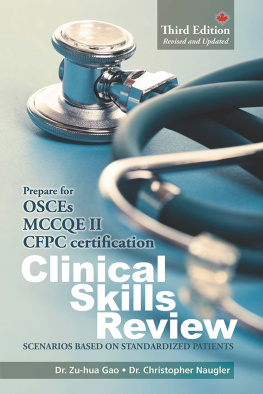
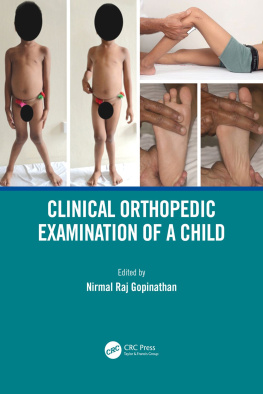
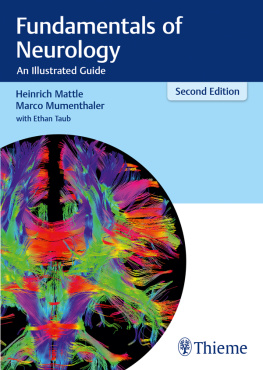
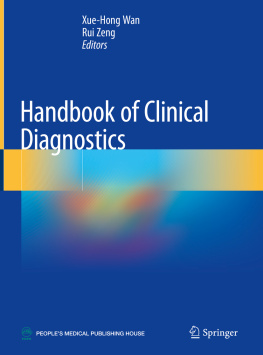
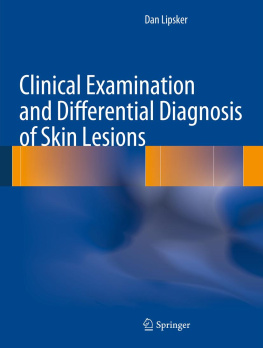
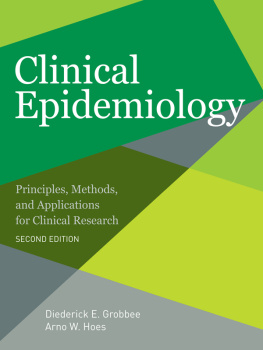
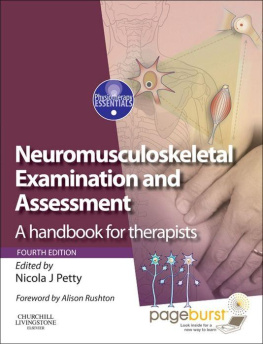

 Churchill Livingstone
Churchill Livingstone